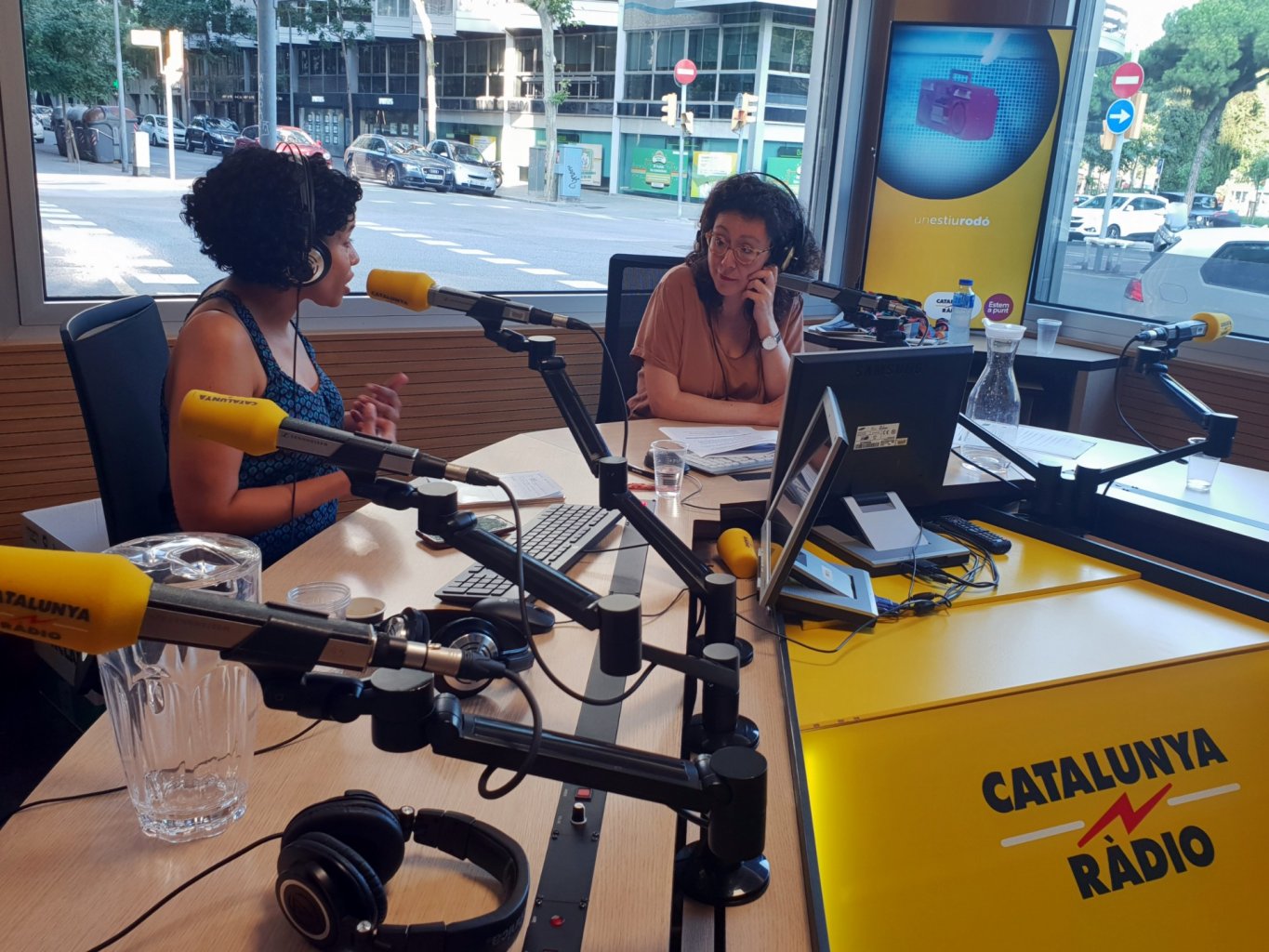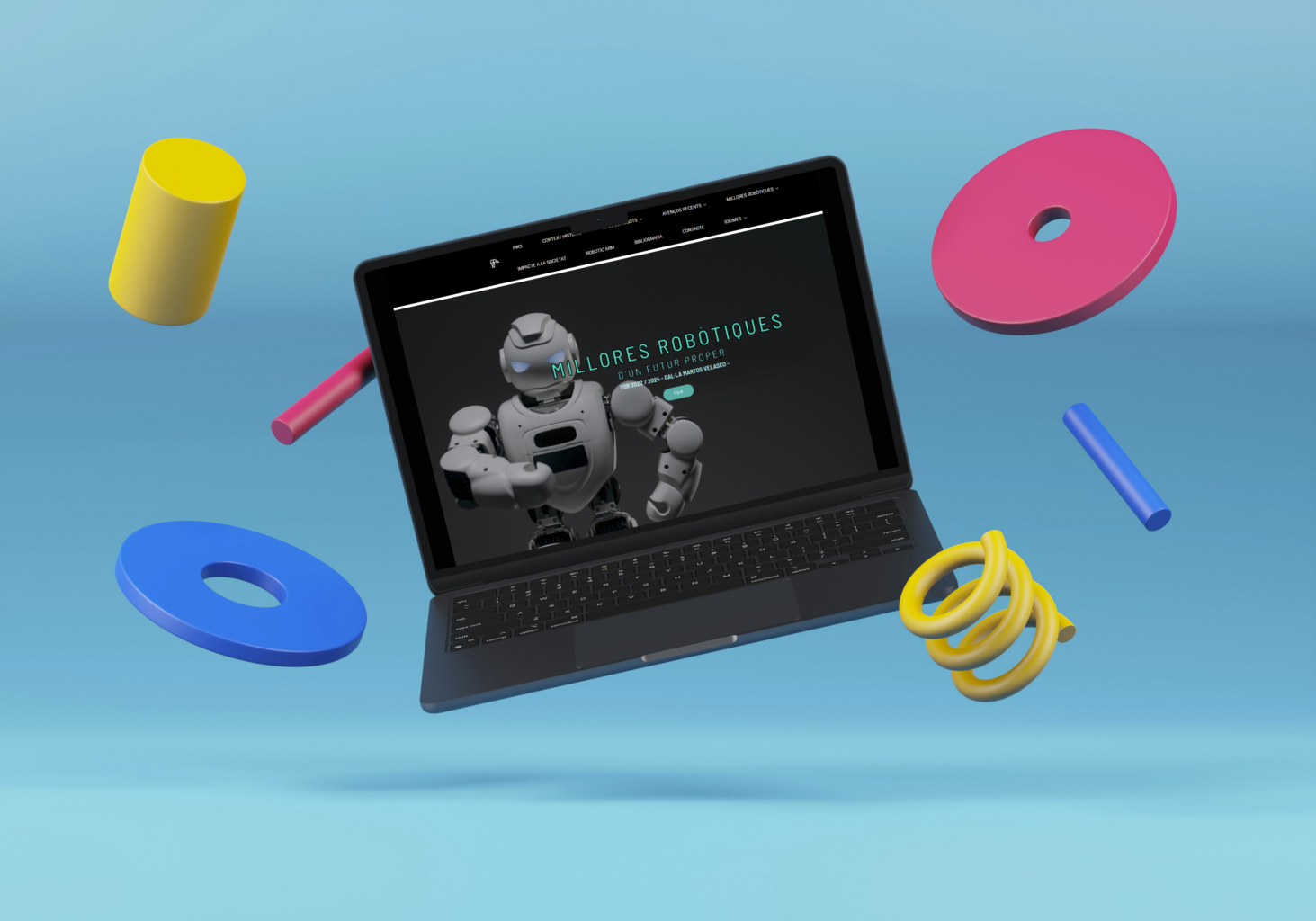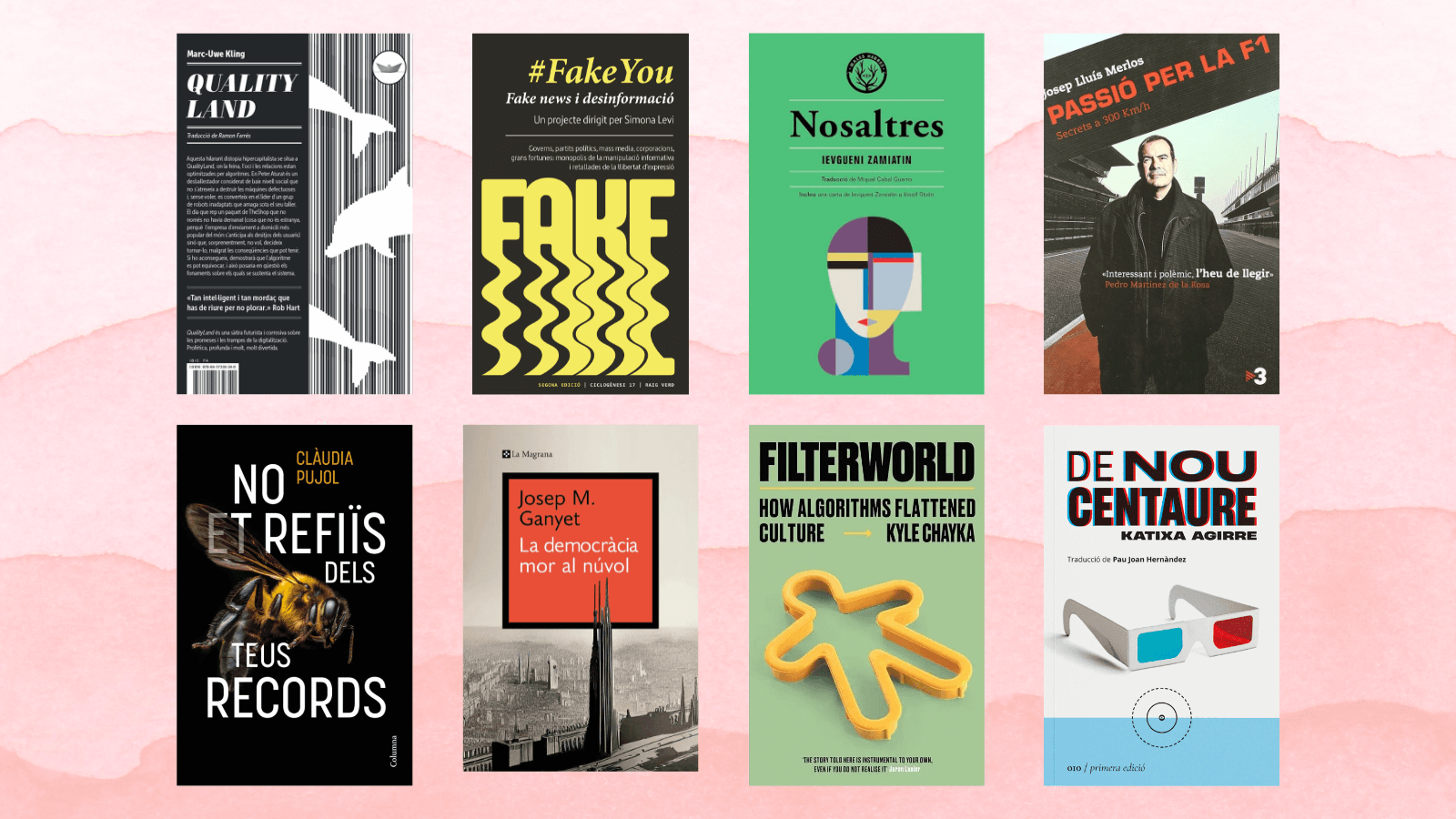The public radio in Catalan is progressing thanks to ‘podcast’ and Youtube

Catalunya Ràdio is leading the production of native digital radio contents. We talk to its director, Saül Gordillo, and its head of contents, Santi Faro.
Innovation in terms of contents and formats is a founding commitment of the Corporació Catalana de Mitjans Audiovisuals (CCMA). A commitment that is even included in the corporation’s style book. But if there is a medium that has taken this to the extreme over recent years, that would have to be the radio. Saül Gordillo, its director, explains to .cat how, upon its arrival, the digital environment was developed as an innovation laboratory with two goals: to rejuvenate the audience and to innovate and transgress with the contents. Proof of this is the fact that the day of the interview was the day of the talk show “Estat de Gràcia” with Roger de Gràcia and two up-and-coming talents on Twitter: Maria Rovira, better known by the nickname Oye Sherman, and Joel Díaz, famous for his role as the host of the do-it-yourself football programme “La Sotana”.
Public radio now has a competitor, or a potential ally —the latter becoming increasingly the case— which owes part of its drive to the blue bird’s network: the emergency of self-produced podcasts. Santi Faro, head of contents at Catalunya Ràdio, summarises the strategy as follows: it involves bringing Twitter to the radio to bring the radio to Twitter, in line with the goal of Gordillo to rejuvenate its audience. The diagnosis made upon its arrival is that the public media, including the medium he directs, has an ageing audience. This is why they promote a symbiotic relationship with which to give up-and-coming talents a voice. The youtuber Juliana Canet, to give just one example, has grown up on the public radio station. According to Faro, it is not so much a question of contents as it is the path you use to reach the audience of interest. Among others, “Adolescents iCAT” has been able to distribute its contents in the section that gives them access to a younger audience.
A good example of this is the interview that this same programme gave to Girona local Àngela Màrmol, a user of the budding social network Tik Tok, which is very popular with the kids. At the age of 17, Màrmol has two million followers on this platform, and over a million on Instagram. This interview in particular was broadcast in “radiovisual” format, a format that can be transferred (and, in fact, is transferred) to the television. With the disappearance of 3XL, this type of contents is one of the few for youngsters still to be broadcast by Channel 33.
At present, the two star proposals on the radio, both on FM and in podcast format, are the programmes “Crims” and “l’Ofici de Viure”, explains Santi Faro. With Crims in particular, Youtube Premiere is used which is a tool of the video platform with which to broadcast live online. In November 2018, this system was used for the first time by the CCMA in an “Adolescents iCAT” programme while it was being broadcast at the same time on FM. Since then, this application has formed part of the range offered by the public radio stations. The idea, explain Gordillo and Faro, is to expand the window of native digital contents by avoiding mirroring dynamics. In other words, transferring radio contents to the internet without changes. Use of the “premiere” formula is just one of the initiatives, with tens of thousands of weekly views on average. The team is quickly continuing to find new instruments to reach everywhere.


